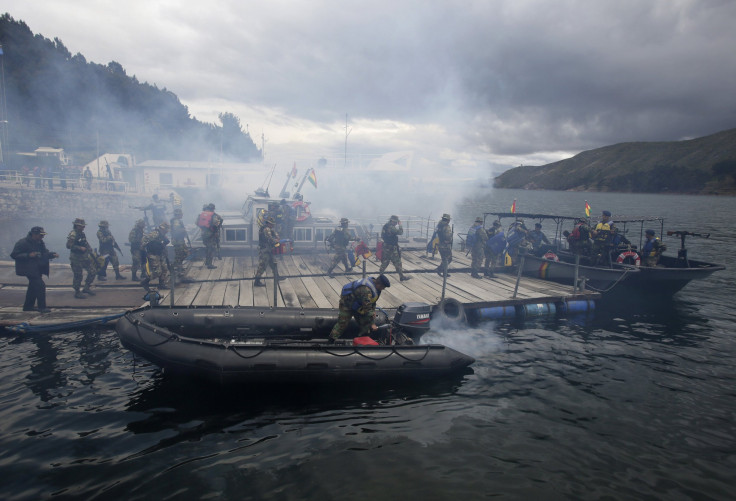Peru Eyes Backing Bill To Resume Shooting Down Drug Planes

(Reuters) - The government of President Ollanta Humala said on Tuesday it might back a bill that would lift a 14-year-old ban on shooting down aircraft suspected of carrying drugs, even though the U.S. government opposes the practice.
The legislation should garner enough votes to pass Congress as early as this week. Passage threatens joint anti-narcotics efforts with the United States and possibly millions of dollars in aid.
The U.S. government prohibited funding linked to shoot-down activities abroad after a 2001 incident in which a Peruvian military jet mistakenly fired at a plane carrying missionaries, killing a U.S. woman and her baby.
Humala, a former military officer, has not yet revealed whether he will resume lethal aerial interdictions as he beefs up efforts to stop a growing number of planes from smuggling cocaine to neighboring Bolivia and Brazil.
"It's under evaluation," Interior Minister Jose Luis Perez told reporters on Tuesday, referring to the bill authored by opposition lawmaker Carlos Tubino.
The legislation would allow the military to shoot down unauthorized airplanes flying in Peru's airspace.
Late on Monday, the defense commission approved the measure 7-0, with four lawmakers from Humala's coalition voting in favor. Peru's single-chamber congress is scheduled to take the bill up in a plenary session this week.
It is unclear if the U.S. would cut any of the $73 million requested to fund counter-narcotics efforts in Peru this year if it passes.
The U.S. Embassy in Lima declined to comment on pending legislation.
But Perez said that last month, opposition to resuming a shoot-down policy came from U.S. officials during a visit from William Brownfield, U.S. assistant secretary of state for international narcotics and law enforcement affairs.
"There's a proposal from the U.S., logically, to guarantee the status quo, in which we cannot intercept planes that enter our airspace" Perez said. "They proposed alternatives like technological help."
Peru's former interception program, which ran from 1995 to 2001 with the help of the United States, helped shift the main smuggling route from the skies to the sea.
In recent years, traffickers have increasingly turned back to flying cocaine from Peru, now considered the world's top producer of the drug by both the U.S. and United Nations.
Between 150 and 180 tonnes of cocaine were flown from Peru using light aircraft in 2013, according to a U.S. estimate.
Peru declared a no-fly zone over a coca-producing region last month.
© Copyright IBTimes 2024. All rights reserved.





















